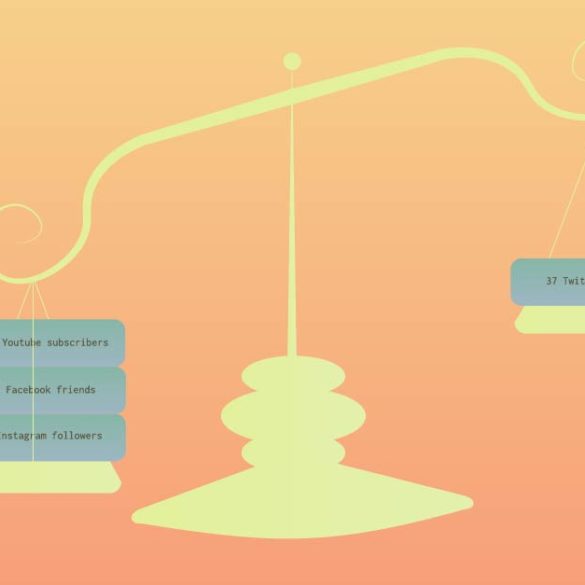This week Ball Bearings takes a look at the psychology behind what we post and how social dynamics have shifted with technological innovations.
“I just don’t understand why no one likes my selfies on Instagram,” my then thirteen-year-old sister told me through a text one night. “All the other girls get so many likes right away.”
I didn’t know what to say to her. Sure, I could go with the classic: “Likes mean nothing; you are a beautiful and smart young woman and shouldn’t be concerned about that.” But I knew better. I knew that social dynamics had radically changed since I was fourteen. I didn’t even have social media until that age. At this point, my sister had used Instagram, Snapchat, and several other phone apps I didn’t bother to download for years.
Today, the vulnerable, awkward time you spend in middle and high school is shared with the world. Thankfully for me, middle school was kept offline. But kids today don’t have that option. Of course, they can choose not to use social media, but that isn’t really an option. Their social lives depend on their online lives. After speaking to my sister, I learned that popularity in today’s middle schools stems from likes on selfies. That’s just the way it is.
Who we are on the web and the psychology behind our online personas is complex. It ranges from simply wanting to connect and stay up-to-date with others to finding support from anonymous users to fill a void in real life. Anonymous comments can be harsh, vile, and unforgiving. Kip Williams, a professor of psychology at Purdue University, says that these are often people who might not have a voice in their real lives and choose to make their voices loud online.
Amidst likes generating self-worth and the anonymous mask motivating caustic commenters, we can’t deny that social dynamics have changed with our digital world. This week, Ball Bearings explores who we are on the web and what this means for us.




